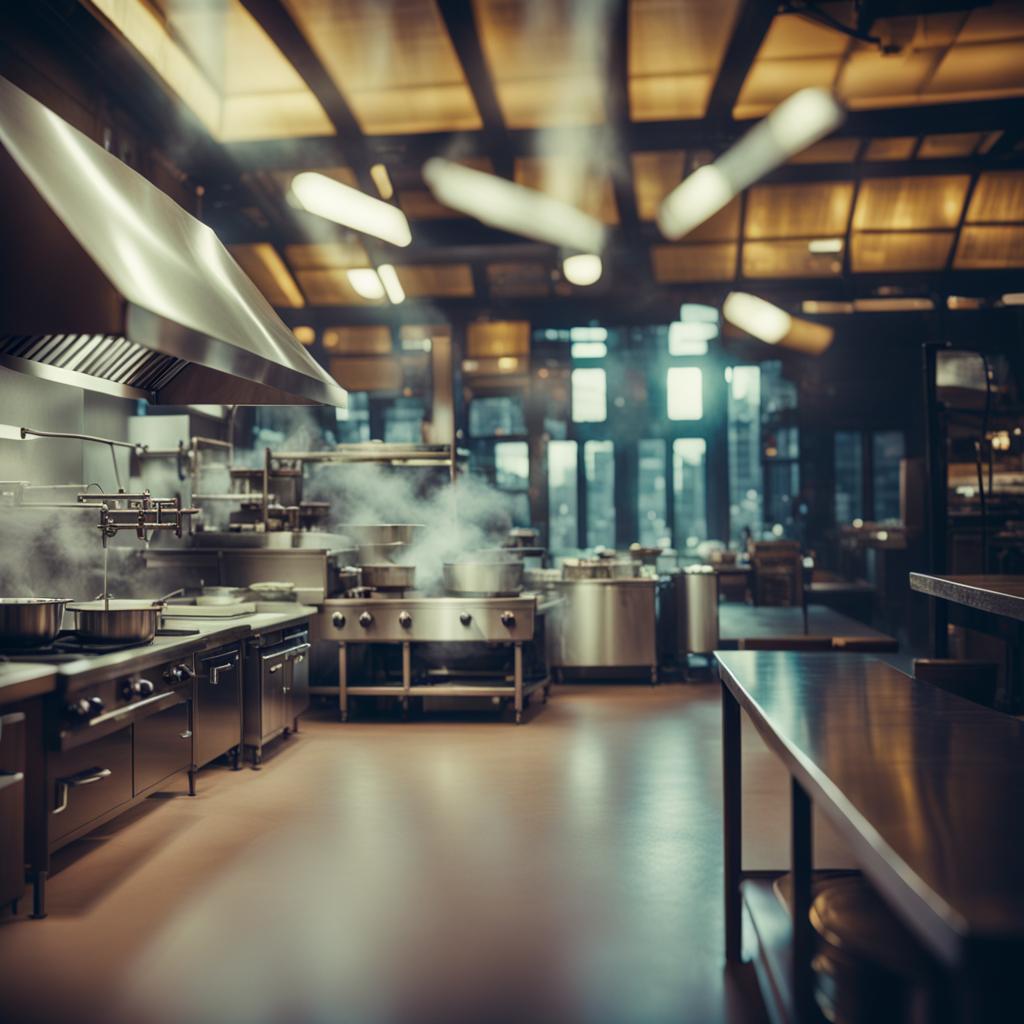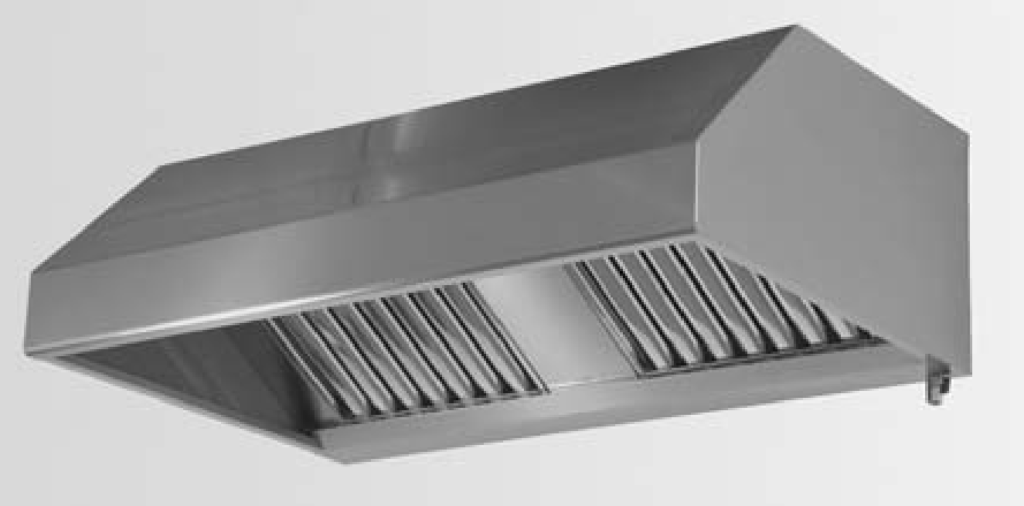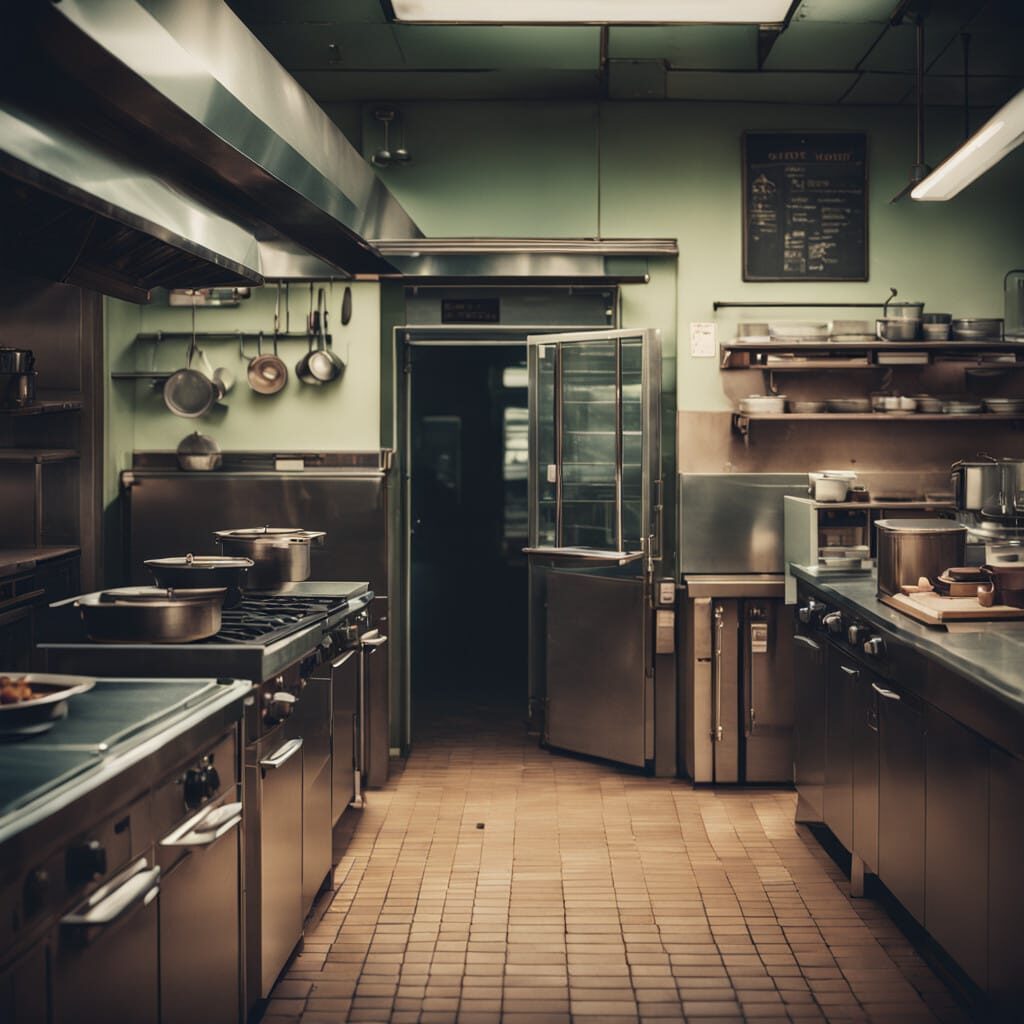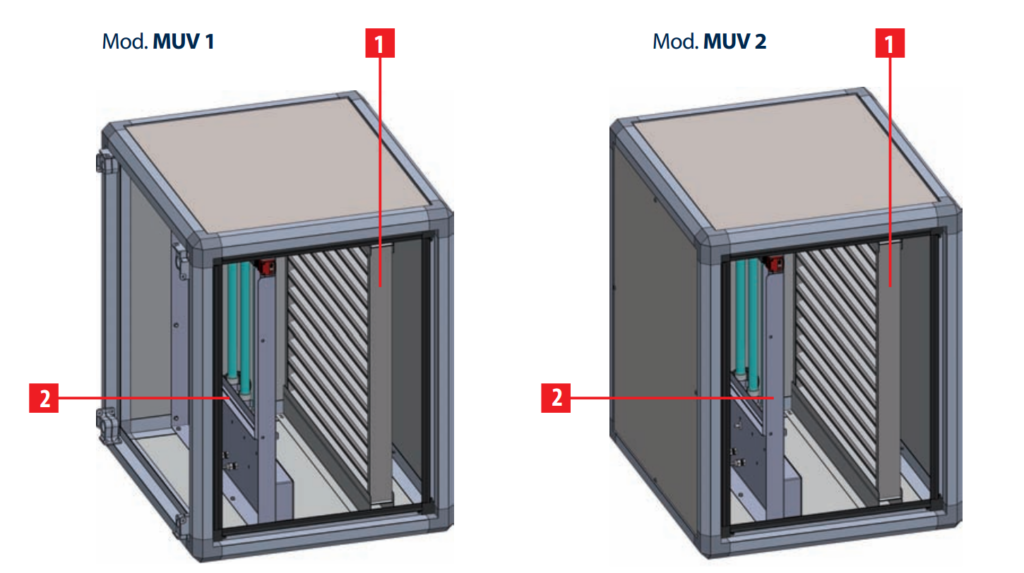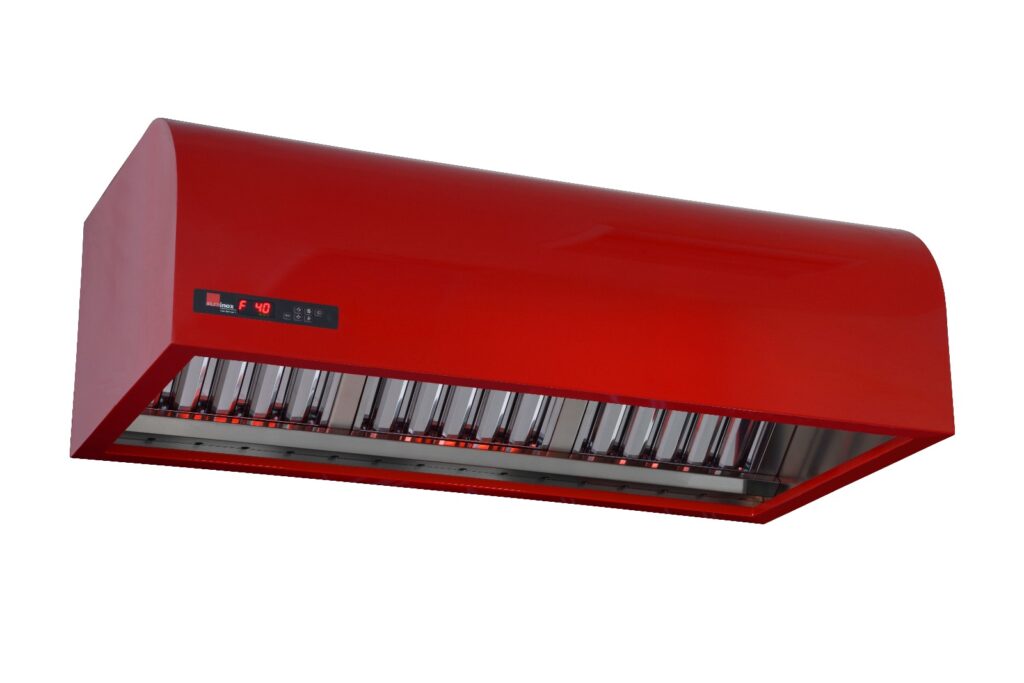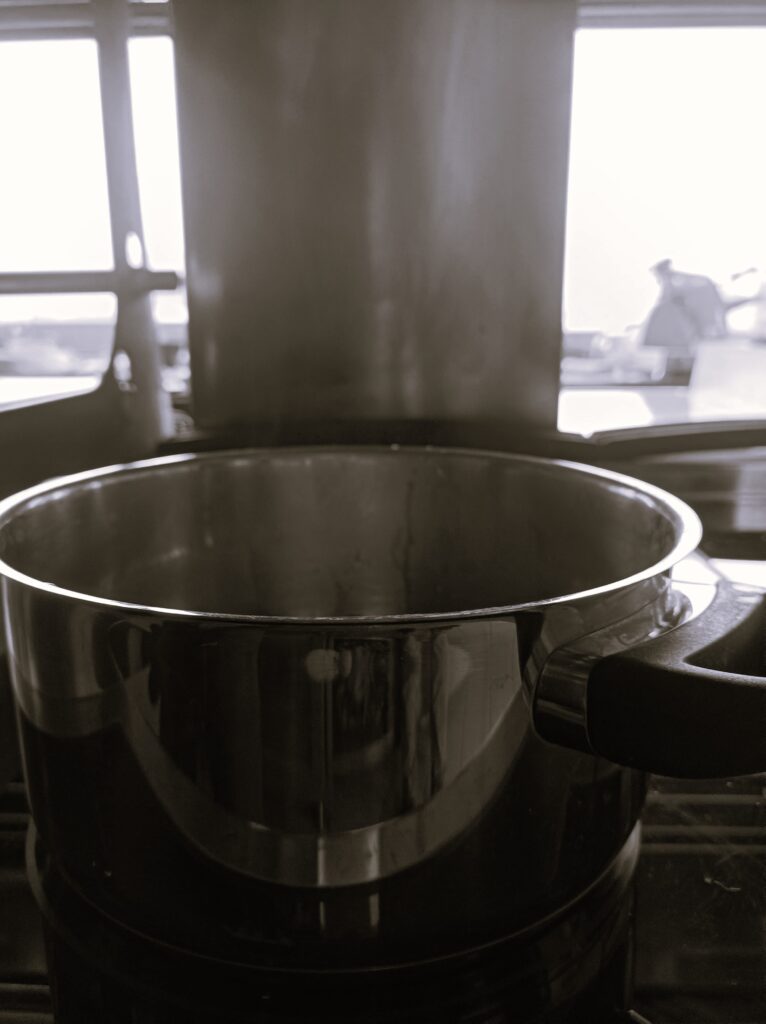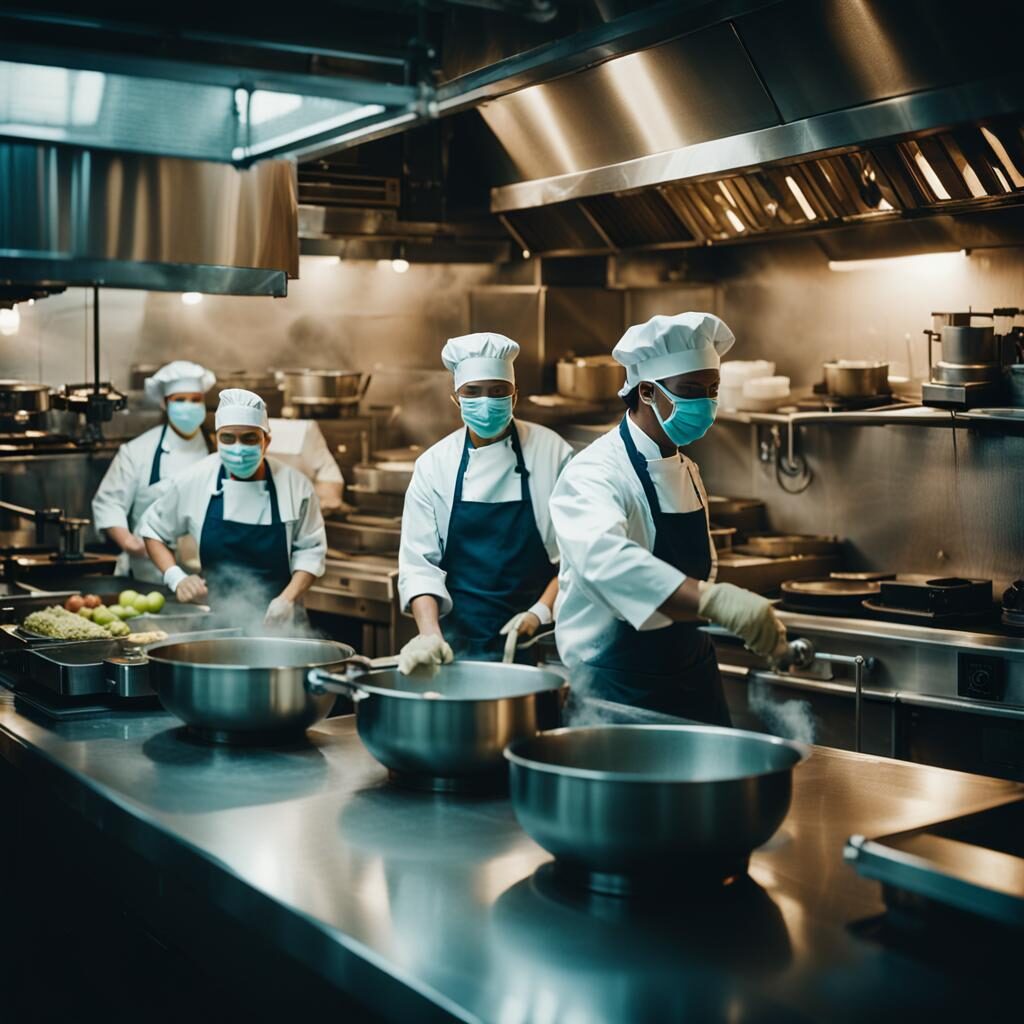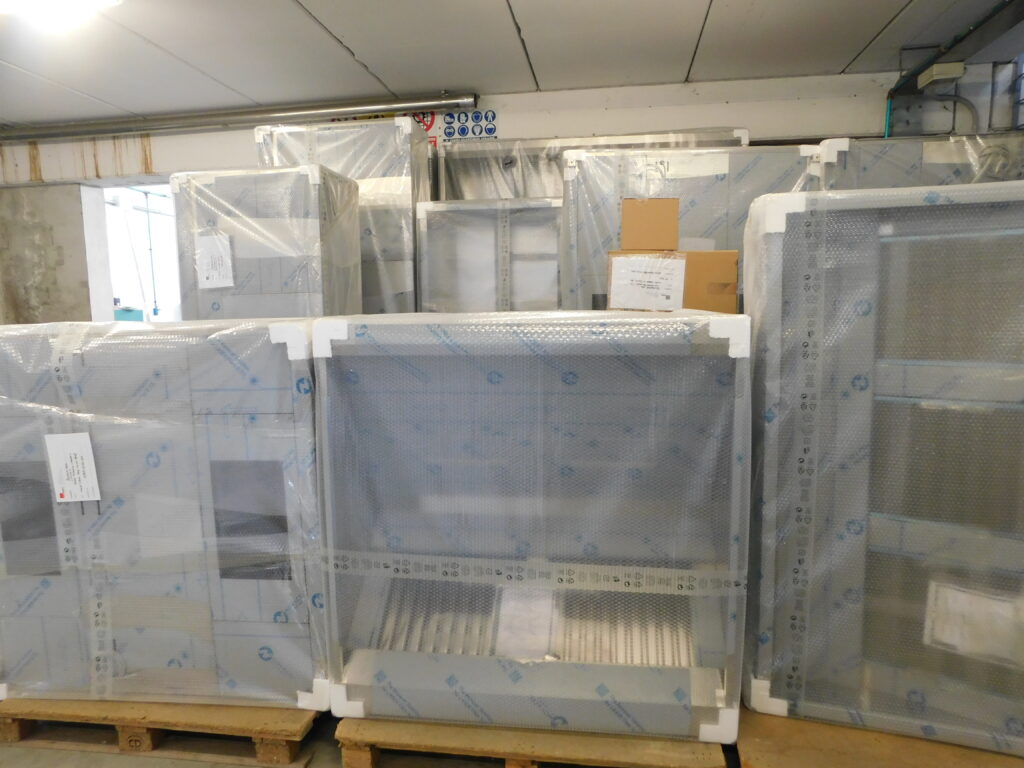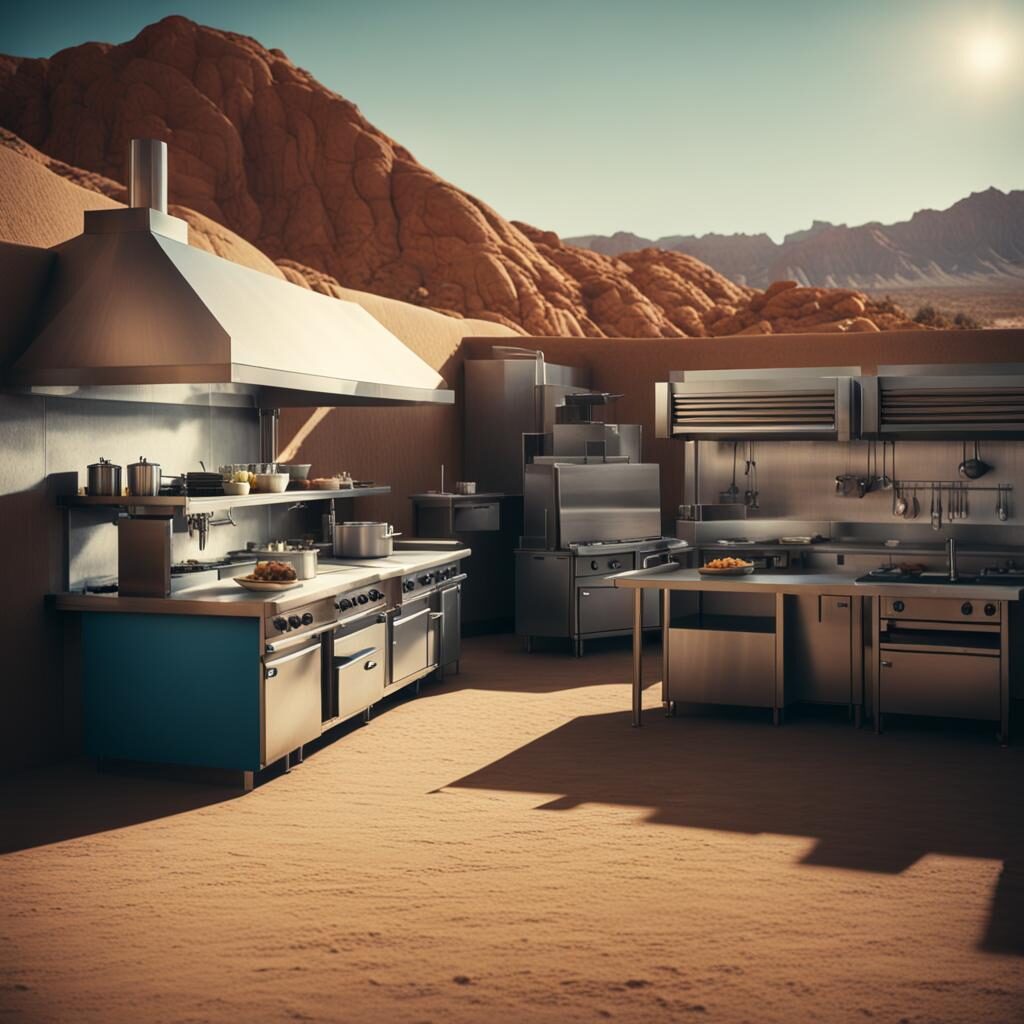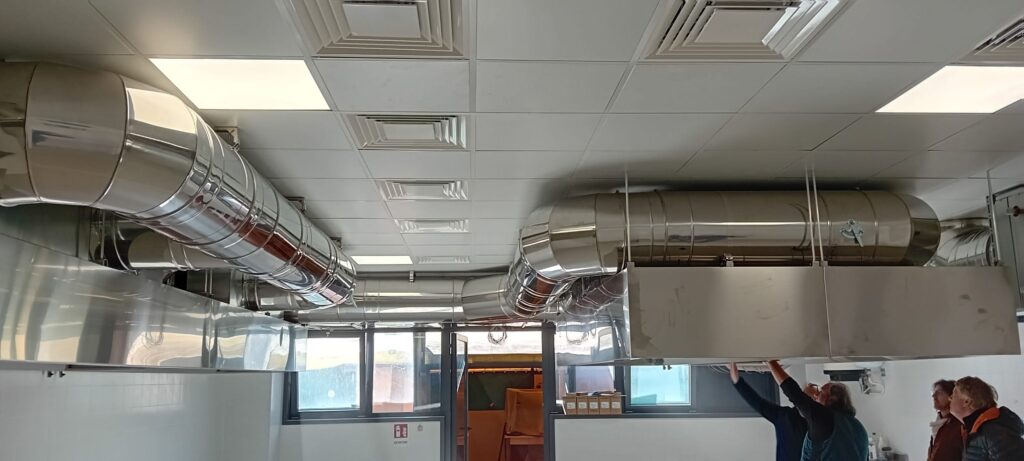The capture efficiency of a hood can depend on several factors, as we have seen.
One of these, mentioned by several papers and scientific research, is the type of cuisine.
But here’s what we mean by type of cuisine? The geographical origin of this? Cooking techniques? Or maybe a mix of the two?
Emissions can depend on multiple factors, such as “the type of fuel, raw food composition, type of cooking oil, and cooking temperature” (1).
The type of fuel
A study compared the air quality in the kitchens of 4 different types of restaurants in Hong Kong (Korean BBQ, Chinese “Dim Sum” style, Chinese “Hot Pot” and a Western-style brasserie restaurant).
The Korean BBQ restaurant had the highest rate of particulate matter and volatile organic compounds in the air, precisely due to the use of a machine that uses solid fuel for its “main dish” (2). An Extra Heavy-Duty Machine, as we saw in another post.
Composition of food
In the same paper mentioned above, the “Hot Pot” style Chinese restaurant was found to be a great “producer” of volatile organic compounds: apparently “The operations of pan-frying food and boiling food with soup in a hot pot could generate considerable quantities of air pollutants“.
Type of oil
Each oil has its own smoke point, i.e. the temperature at which an oil begins the oxidative degradation process whereby it releases visible volatile substances. However, the chemical composition of the oil itself also plays a role in this. For example, comparing corn, canola and sunflower seed oil, it was found that the oil that does the “cleanest” job when frying in a pan or in the deep fryer is the first: corn oil (3).
Cooking temperatures
It also appears that the Chinese style “Wok” produces a high amount of organic compounds, as the oil is heated to temperatures ranging between 240 and 280 degrees centigrade (4).
In conclusion…
We do not believe that it is one style of cooking or another that produces more or less pollutants, but rather the one used for cooking: the machinery first, and then, the cooking technique, and the temperature. Certainly not the nationality of the cuisine alone.

 Italiano
Italiano
